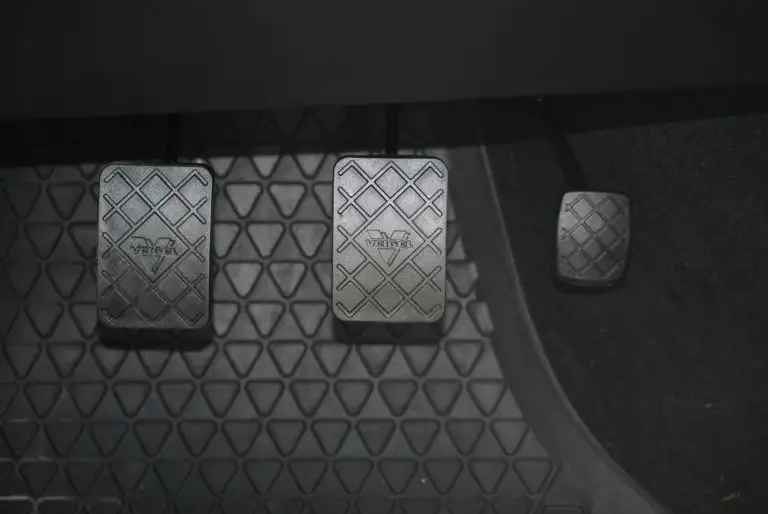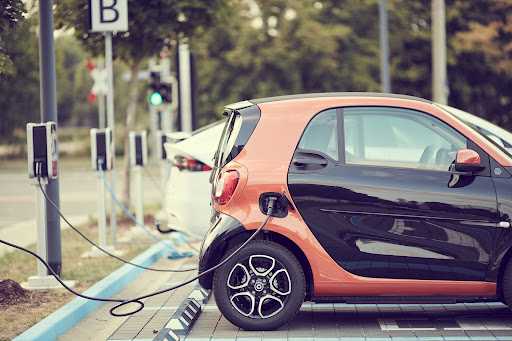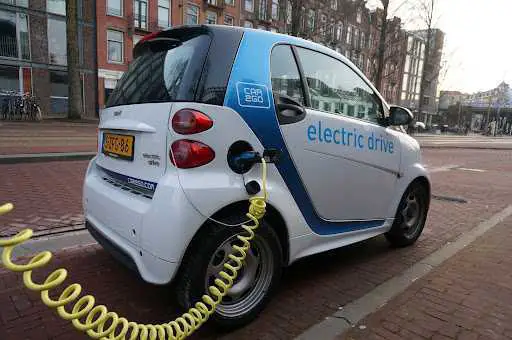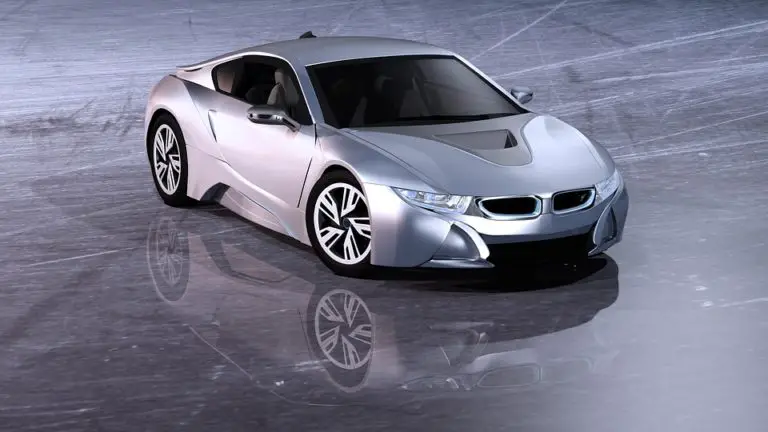Do Electric Cars Overheat?
Extreme temperatures are not kind to any mechanical device. Freezing temperatures change the consistency of oil to sludge, coolant becomes less effective, and even some types of petrol lose ignition properties. The same applies to excessive heat, and you only need to drive down a busy highway to see one or two cars parked on the curb with the bonnets up and steam billowing from within.
Although Electric Vehicles can overheat, manufacturers build in very robust and effective protections that keep the systems cool and have safeguards that prevent overheating. These systems significantly reduce the potential of an overheating event in electric vehicles.
There has been a lot of misinformation regarding the safety of electric vehicles. An electric car is safer than a conventional internal combustion engine-powered vehicle in almost every circumstance. Electric Vehicles have better water resistance, a lower center of gravity, and more responsive anti-skid and traction control systems.
Table of Contents
- Electric Cars Have A Reduced Chance Of Overheating
- How Does Inefficient Cooling Affect An Electric Vehicle?
- Conclusion
Electric Cars Have A Reduced Chance Of Overheating
The risk factors which increase the possibility of overheating are:
- The risk of Thermal Runaway
- Too much power draw raises the battery temperature
- A Fault in the protection and cooling system
The Risk Of Thermal Runaway In An Electric Car
The worst-case overheating event is thermal runaway.
In electric vehicles, there are approximately 7,000 Battery cells packed closely together.
If one cell is damaged and subsequently overheats, the potential exists for the surrounding cells to heat up, fail, and the rate of cells burning increases exponentially as the heat spreads through all 7,000 cells.
If this were to happen, the potential damage would be catastrophic. The energy released is massive and could cause the vehicle to explode into the air.
Electric vehicle manufacturers have a motivation to prevent this type of event from occurring.
In Pure Electric Vehicles’ early days, tests showed that the problem existed, and the fix proved elusive.
Instead of eliminating the chance that a battery cell could become defective, engineers instead constructed a battery cell design that prevented the heat from spreading.
It involved redesigning how the cells are laid out and producing a material capable of preventing heat transfer.
The engineers changed the previous layout and instead created a pattern where each cell is positioned a few millimeters apart. An advanced phase-change heat absorbing material is inserted in the gap to separate them.
Onto this matrix, they pour a mixture of minerals with low heat transfer characteristics.
Once this is in place, cooling pipes are installed that carry a water-glycol mixture. These pipes conduct the heat from the cells to the glycol mixture, which then passes through a radiator, releasing the heat to the atmosphere.

Using Too Much Power In The Electric Vehicles Causes Heat
As batteries discharge, they generate heat, and under harsh conditions, the heat generated can be too much for the vehicle’s components.
Electronic circuit elements located around the battery conduct heat into the cells during charge and discharge. At least 10% of all current which passes from or to a Lithium-ion battery is lost to heat.
The chemical reaction that happens while a lithium-ion cell is charged is endothermic (absorbs heat). Since there is always an opposite reaction in thermodynamics, the discharge reaction is exothermic and produces heat.
The greater the discharge rate, the greater the exothermic reaction, i.e., the hotter it gets.
It is exacerbated at the lower charge levels of the battery. The battery must increase the current as the voltage decreases to maintain constant power. It makes all the elements that cause resistance in the battery circuit produce even more heat, and the outcome is that the battery heats up.
Electric vehicles control this issue in two ways.
Electric Vehicles Have Robust Cooling Systems
The cooling systems in electric vehicles are competent. The design of the battery is resistant to excessive heat, but the cooling systems that the electric vehicle employs are very effective.
Electric Vehicles Adjust Battery Draw To Stop Overheating
If the temperature sensors in an electric vehicle register a high heat event, the systems actively reduce the draw in the battery.
It may result in the following:
- Reducing the available engine power
- Cutting off unnecessary power draws (e.g., climate control)
If that doesn’t work, and there is no reduction in heat, the electric car will cut all power to the engine. It is a sporadic event and is not something that most Electric vehicle drivers will ever experience.
A Faulty Cooling System Could Overheat An Electric Vehicle
First-generation electric vehicles such as the Nissan Leaf did not use cooling devices and relied on passive or forced air cooling methods.
The resulting vehicle fires forced manufacturers to re-evaluate the situation, introducing more complex cooling systems. After this period, designers started talking about the importance of thermal management.
Modern Electric vehicles have robust cooling systems which run independently of the vehicle’s drive systems. The latest electric cars use liquid-cooled refrigeration systems using a coolant such as water-glycol to circulate in the coolants pipes designed to connect with each cell in the battery.
Some EVs use heat pumps that work using the same principles as the domestic units used in households.
Heat pumps are very effective and more flexible than the cooling pipe system. They can also redirect the heat removed from the battery to the cabin to heat the occupants.
How Does Inefficient Cooling Affect An Electric Vehicle?
Batteries are susceptible to temperature. If the temperature is too low, the amount of current discharged is reduced, and the battery will not accept a full charge.
If the temperature is outside the upper range, the electric vehicle range is reduced. If the heat limits are substantially exceeded, the EV will shut down, or there is a risk of a fire starting in extreme cases.
The actual range loss of a Tesla Electric vehicle is 1% at a temperature of 95 degrees Fahrenheit.
High temperatures have a significantly detrimental effect on battery life. A study analyzing 6,000 electric vehicles by Geotab concluded that cars that run in hot climates lost battery health faster than those in temperate climates.
You can’t adjust your residence to make your car cope better, but it is worthwhile taking precautions such as keeping the electric vehicle stored undercover and, where possible, parking the car in the shade.
Conclusion
When the question of overheating electric vehicles is discussed, the uninformed throw-around horror stories of cars exploding, rescue workers being electrocuted, and uncontrollable fires which have destroyed the vehicle.
As with any product, there have been incidents where a fire has destroyed a vehicle. It applies equally to conventionally powered cars. When considering all of the layers of safety built into modern electric cars, the reality is that they are a very safe form of transport.
Amazon and the Amazon logo are trademarks of Amazon.com, Inc, or its affiliates.







